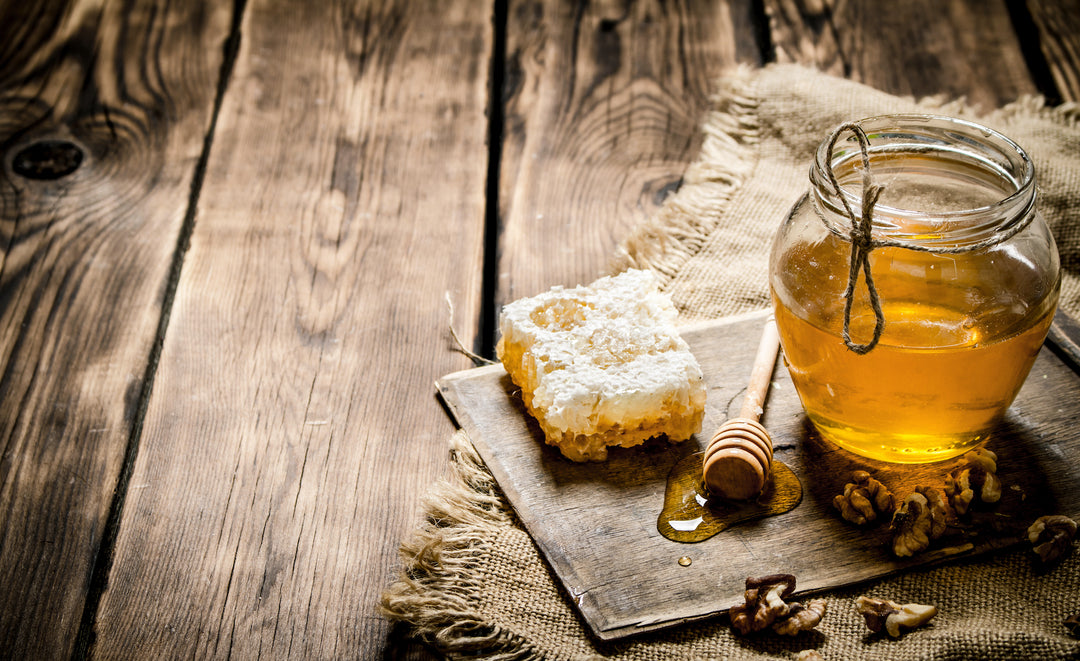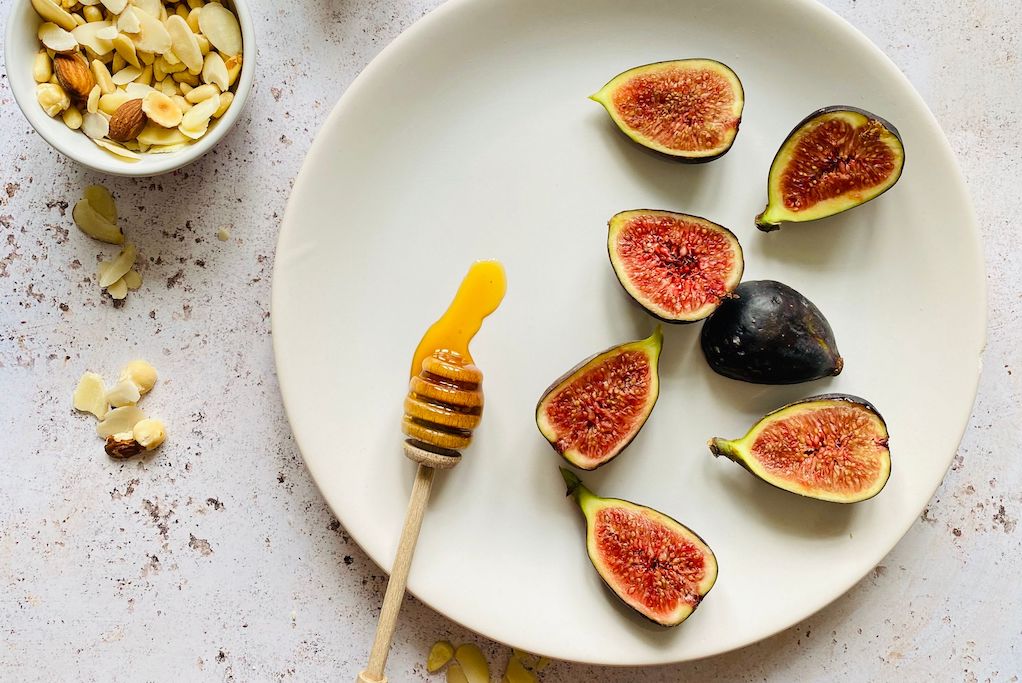Jarrah vs
manuka
manuka
Both Jarrah from Australia and Manuka honey from New Zealand offer unique properties and potential health benefits, but the key differences lie in their floral sources, geographical origins, taste and specific compounds that contribute to their medicinal properties.
Jarrah honey, derived from Western Australia's Jarrah tree nectar, features a mild sweetness with hints of florals. This amber-coloured, velvety honey offers notable antioxidant, antibacterial and antimicrobial properties, promoting immune health. Its exclusivity, owing to the limited flowering period of Jarrah trees, contributes to its rarity.
Valued for its unique taste and potential health benefits, Jarrah honey stands as a prized delicacy, emblematic of the diverse Australian landscape and its rich, sought-after natural offerings.


Manuka honey, sourced from New Zealand's Manuka bush nectar, has a robust, earthy flavor with bitter undertones. Its dark hue and potent, medicinal taste often deter some palates. Renowned for its high levels of antibacterial properties due to methylglyoxal (MGO), this honey is acclaimed for potential health benefits, primarily wound care and immunity support.
Its distinct taste, though acquired, contributes to its valued status among health-conscious consumers seeking its specific medicinal attributes.